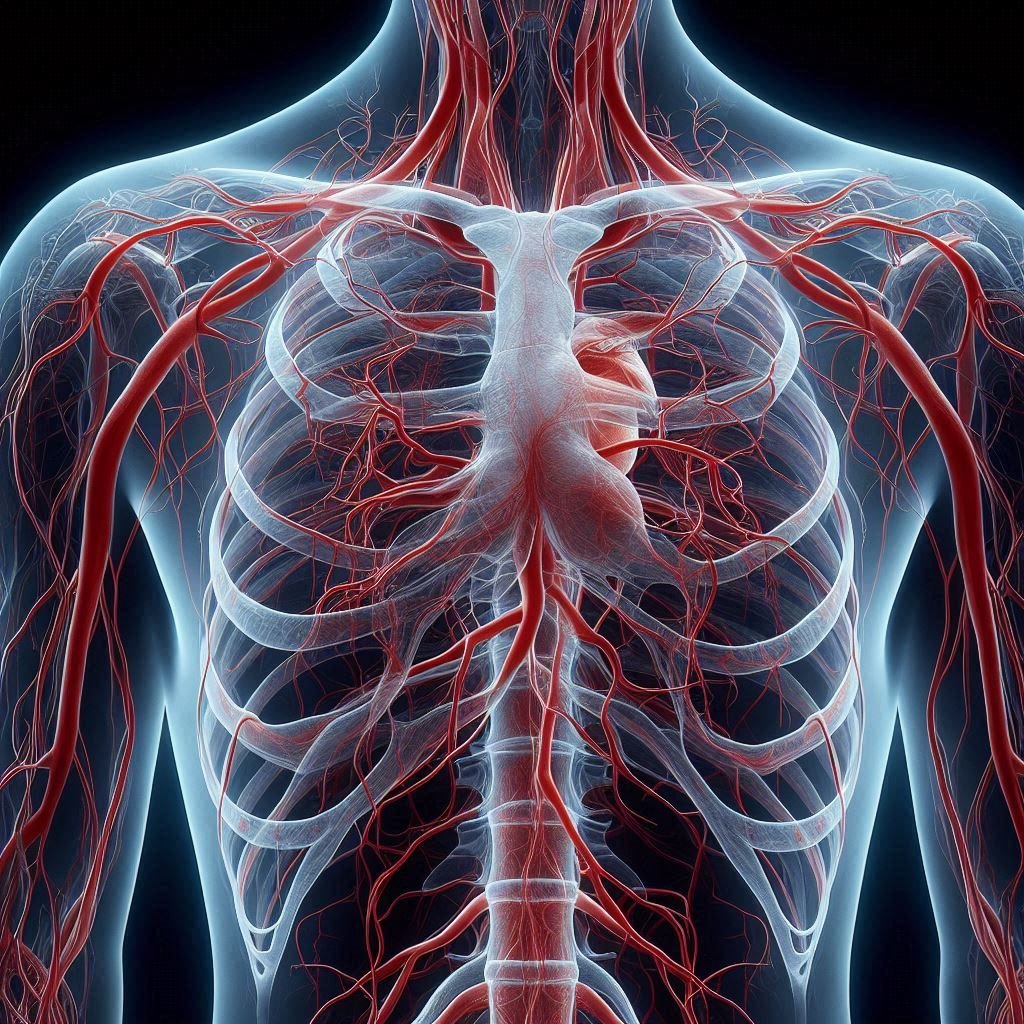
Recognizing the Symptoms of DVT
DVT typically presents with several key symptoms that should prompt immediate medical attention:
- Pain in the leg, which may start in the calf and can feel like cramping or soreness
- Swelling in the affected leg, including the ankle or foot
- Red or discolored skin on the leg
- A feeling of warmth in the affected leg
- Enlarged veins near the skin’s surface
Risk Factors and Causes
Several factors increase the risk of developing DVT:
- Prolonged periods of immobility, such as sitting during long flights or bed rest
- Recent surgery, particularly orthopedic, or childbirth within the last six months
- Hormonal factors, including the use of estrogen-based medications and birth control pills
- Certain medical conditions and genetic predispositions
According to the Centers for Disease Control and Prevention (CDC), as many as 900,000 people could be affected by DVT/PE each year in the United States, resulting in between 60,000 to 100,000 deaths. However, many occurrences go undiagnosed and are a significant public health concern.
Treatment Options for DVT
The primary goals in treating DVT are to prevent the clot from growing and to reduce the risk of pulmonary embolism. Treatment options include:
- Anticoagulants: Medications like warfarin (taken orally) and heparin (administered intravenously or via injection) are commonly prescribed to thin the blood and prevent clots from enlarging.
- Low Molecular-Weight Heparin: This newer form of heparin can be self-administered through injection, potentially reducing hospital stays.
- Thrombin Inhibitors: These medications are another class of drugs used to treat blood clots.
Prevention Strategies
Preventing DVT is particularly important for those at high risk. Some effective strategies include:
- Staying active and exercising regularly to promote good circulation
- Using compression stockings as directed by a healthcare provider
- Moving your legs frequently during long trips, such as walking in the aisle of a plane or stopping for breaks during car travel
- Staying hydrated and avoiding alcohol
- Wearing loose-fitting clothing
Conclusion
Deep Venous Thrombosis is a condition that requires prompt attention and management. By understanding the risks, recognizing the symptoms, and adhering to treatment and prevention strategies, individuals can significantly reduce their chances of complications associated with DVT.
For more detailed information on DVT, visit the CDC’s page on Deep Vein Thrombosis or the American Heart Association’s resources.




